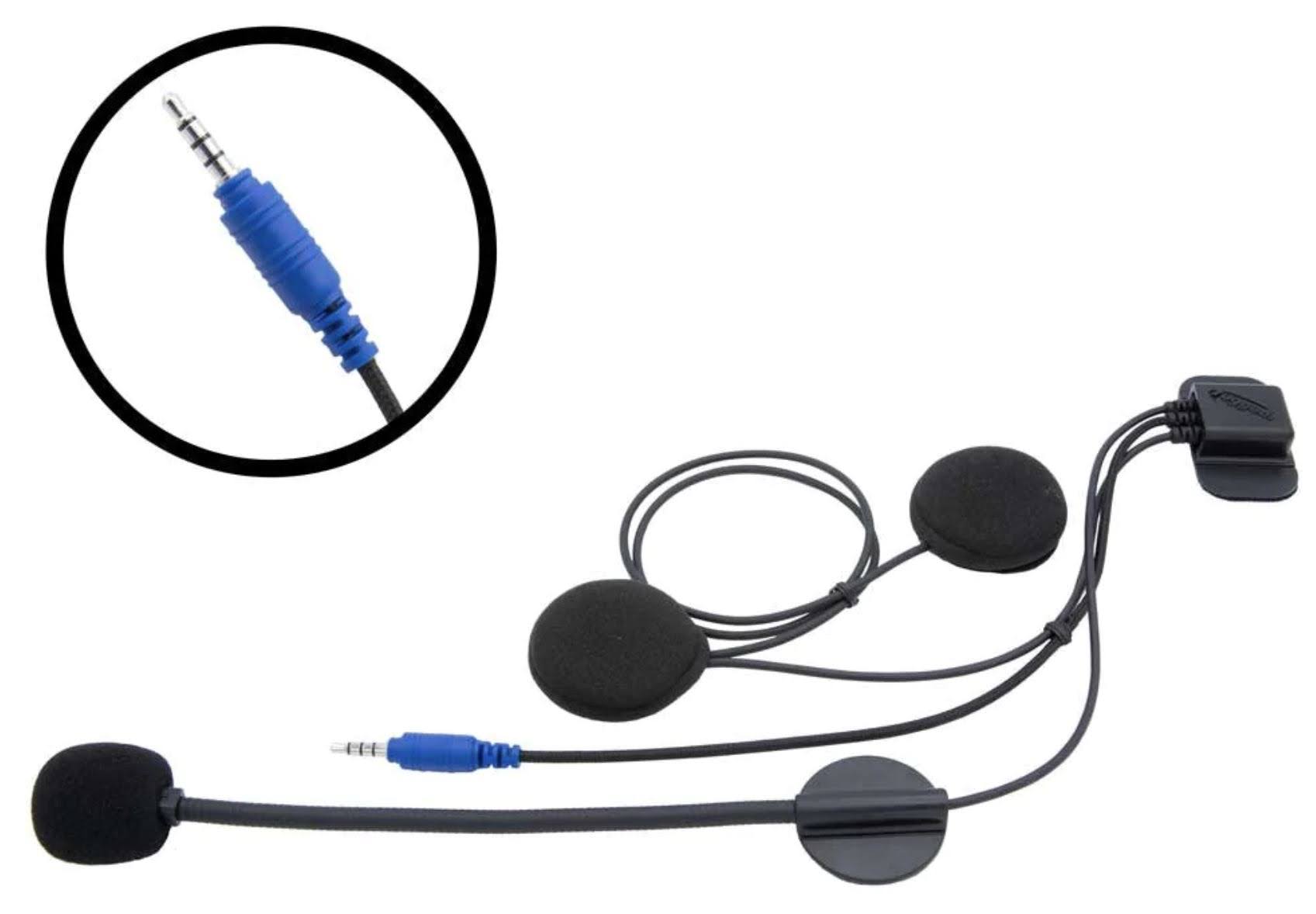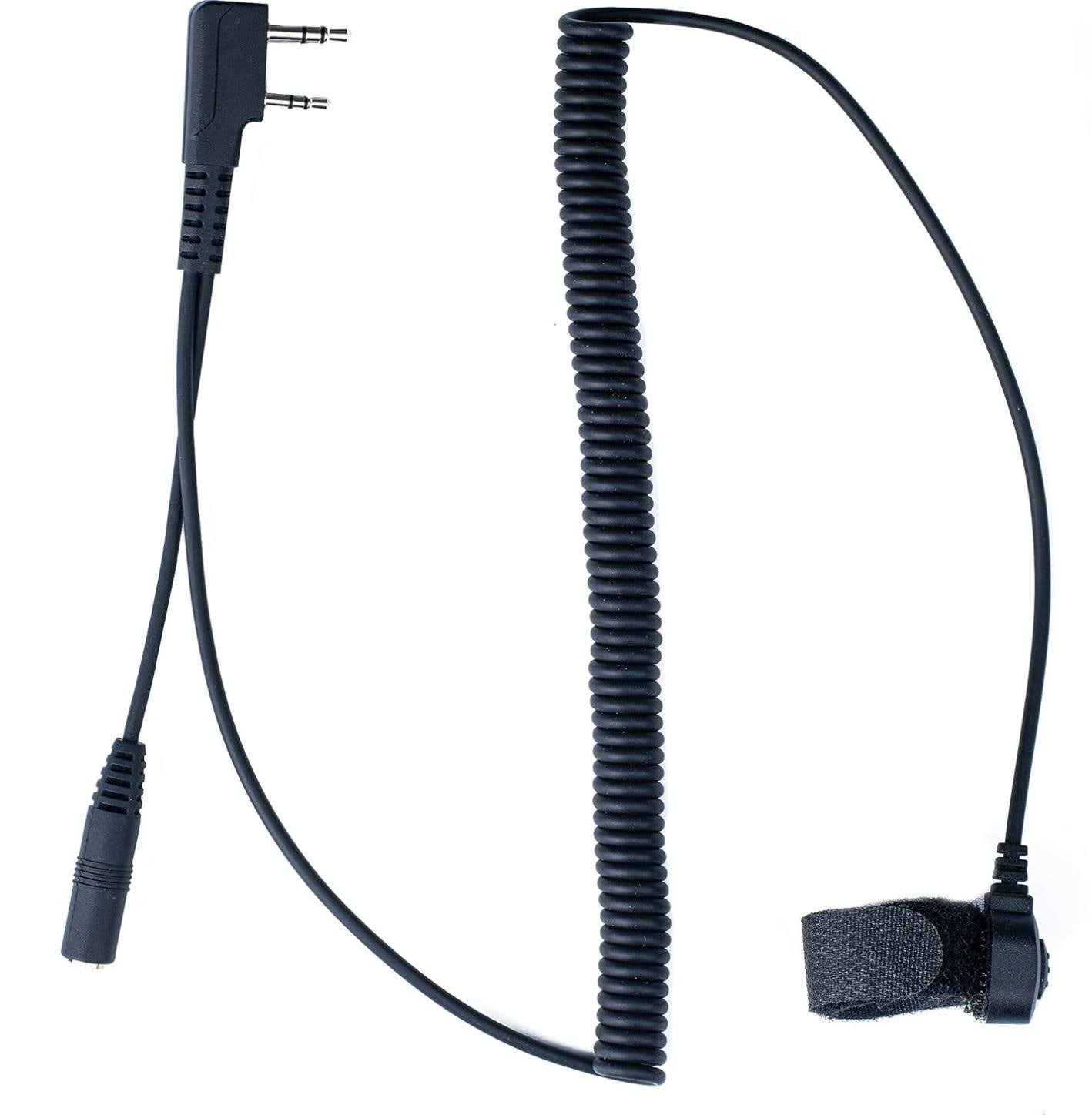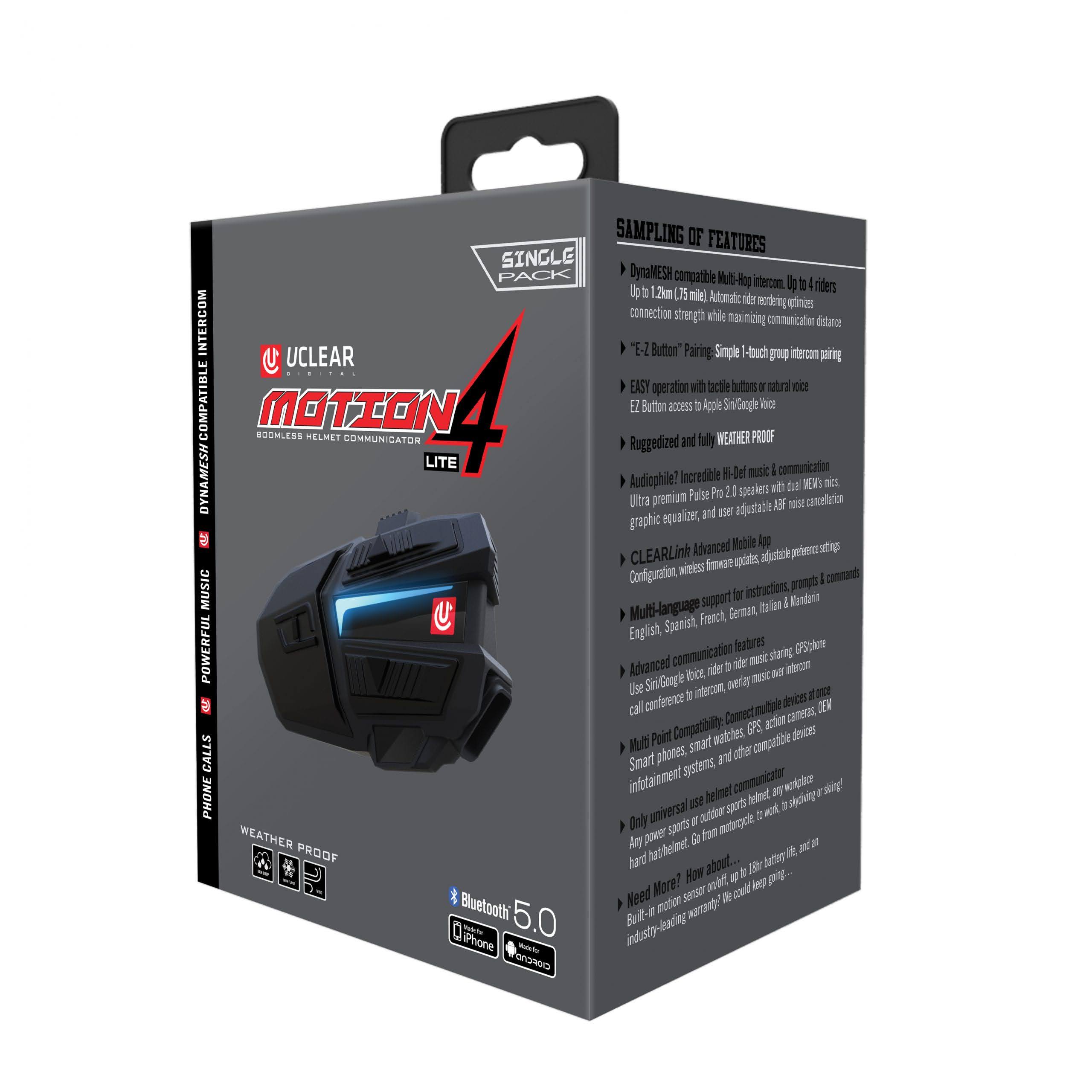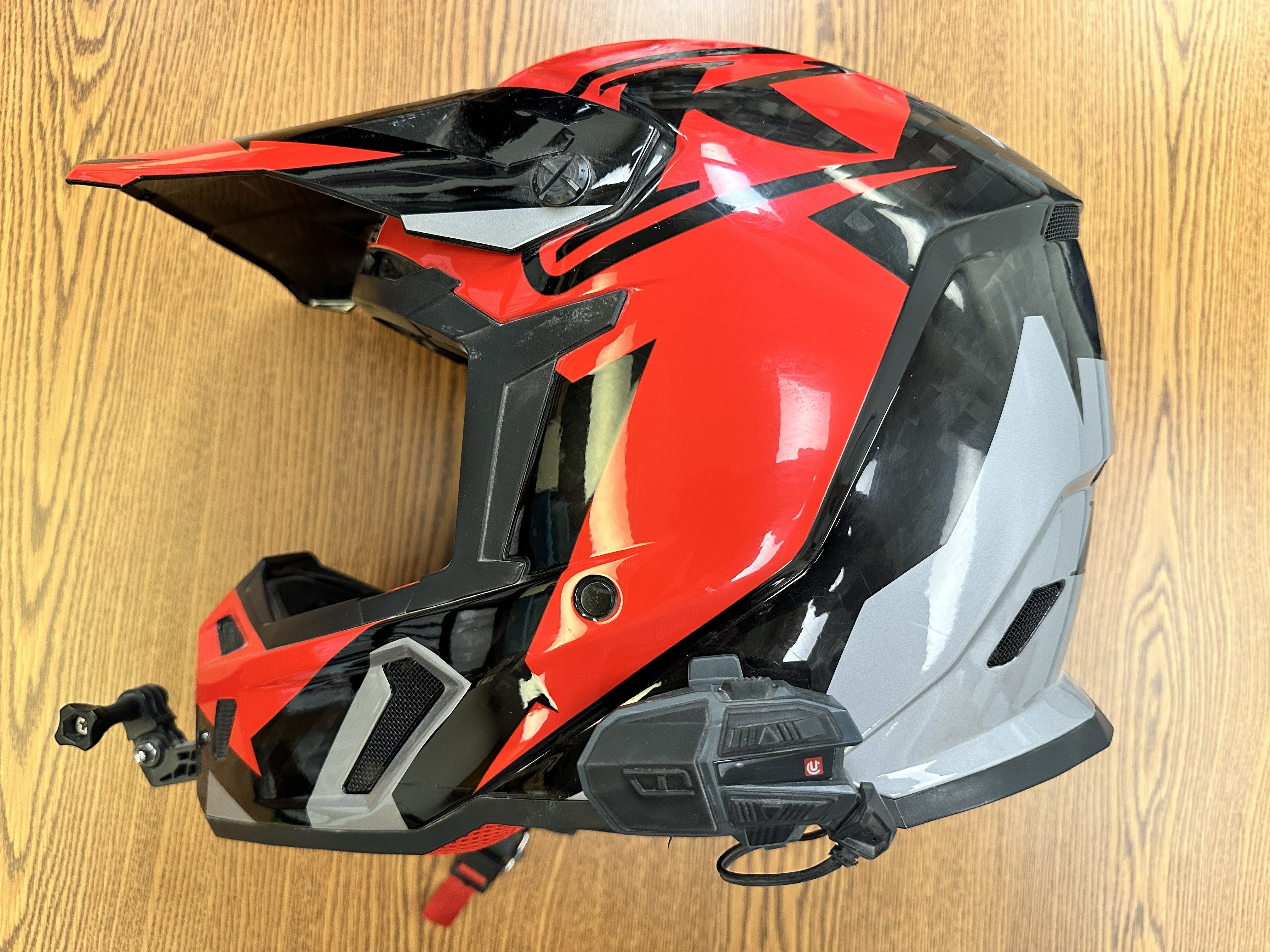Disclaimer
- In general, you get what you pay for. So far we have not found a good option for less than $50. There are plenty of low-cost options available, but they lack build quality, audio quality, and/or comfort.
- For better sound quality and better hearing protection, you may want to consider using earbuds rather than speakers.
- Not all Bluetooth implementations are the same. You may find that your preferred headset won’t pair with your Bluetooth radio. You will therefore either need to chose a different headset, or a different radio.
Introduction
As mentioned in a previous post, our family has enjoyed using two-way radios to communicate while we ride our dirt bikes. We used heavy duty wiring harnesses and headsets from Rugged Radios. These have worked flawlessly, but they are very expensive, and you have to remember to plug in your helmet and the push-to-talk (PTT) button.
For several years I have been on the lookout for a wireless solution that would work for dirt biking where we often get spread out beyond the range of Bluetooth helmet communicators. This post covers some of our research and offers some possible solutions.
An Affordable Wired Solution
Our family has been using the Rugged Radios Race Series headsets with good luck for many years. While they work great, they are very expensive. By the time you buy a jumper cable for your radio, you are paying around $275 plus the cost of your radio.
Rugged Radios now offers a lower cost option called the Super Sport Series. This series uses smaller cables and smaller connectors, which should still be adequate for recreational riding. This looks like a good option, but it is still fairly expensive, coming in at around $185 plus radio.
The Rugged Radio headsets use high quality speakers and high quality dynamic microphones. This sets them apart from all of the super cheap options out there. A quality mic and speakers is critical if you want to be able to communicate while riding in a noisy environment.
I believe it is possible to pair the Super Sport headset with a much lower cost wiring harness. You can buy the Super Sport headset for $65. You can (I think) pair that with a $20 wiring harness from Amazon. This wiring harness is very light-weight, and certainly not as durable as a Rugged Radios harness, but if you place the PTT button on your backpack shoulder strap rather than on the your handlebars, it might work good enough.


Low-Cost Bluetooth Options
The main focus of this blog post is on Bluetooth solutions. In order to use Bluetooth for communications, you need a Bluetooth headset, as well as a Bluetooth radio (covered in another post).
If your only interest is communicating via two-way radio (or only listening to music), then you would think a low-cost Bluetooth headset would work. We have tested a few, and not yet found any sub-$50 headsets that work very well. They generally lack a quality microphone, so it is very difficult for others to understand you, and because the Bluetooth controller is attached directly to the speaker, the speakers are quite thick, and therefore very uncomfortable inside a helmet. Furthermore, some of them will not pair with a Bluetooth radio – they will only pair with a phone.
From a YouTube review, it appears that this EJEAS E1+ works well when paired with a Bluetooth radio, but the speakers are 0.51″ thick, so they may be uncomfortable.

If you want to try one of these low-cost approaches, be prepared to test multiple units until you find one that works for you.
Bluetooth Intercom Options
The next step up in quality is the Bluetooth intercom helmet headsets that are on the market. There are dozens to choose from. There are cheap units costing less than $100, but, like the low-cost options discussed above, they are of questionable build quality and they have poor speakers and microphones.
One of my friends uses a Fod Sport M1S Plus, costing right around $100. While the Bluetooth functionality is okay, the speakers are less than satisfactory.
I also have friends that use the top-of-the-line Cardo Packtalk Edge units, but they cost around $400 each.
Some Bluetooth communicators use standard audio jacks for the speakers, so you can easily swap them out for earbuds if you choose.
I chose a middle of the road option with the UCLEAR Digital Motion series. The Motion 4 Lite costs around $175. It has very good speakers, dual noise cancelling microphones, and is very easy to install.


This type of communicator has the Bluetooth controller on the outside of the helmet, so they can provide thin speakers that fit comfortably inside the helmet.
They support communication via your phone (music or phone calls), Bluetooth voice activated intercom between riders, as well as communication via a Bluetooth two-way radio (which was my primary objective).
I don’t have personal experience with other brand Bluetooth communicators, but I suspect they all have similar capabilities. While I wasn’t particular interested in the Bluetooth intercom, I have actually found it more useful than expected. I wouldn’t want to be joined to a large network of riders, but it is nice to easily be able to talk with family members when traveling in close proximity. The range of the Bluetooth intercom is extremely limited.
There is, however, a learning curve to use these units – especially the intercom. There are a lot of configuration settings you need to play with. The default settings seem to be aimed at street riders in a less noisy environment than dirt biking. We had to play with the microphone sensitivity to prevent us from hearing each other breath.
We also had to tune how much the music gets attenuated when using the intercom. With the mic sensitivity too high, our music was constantly being attenuated, and it was quite annoying. Once we got the tuning set the way we like it, it works quite well.
But the primary goal was communication via a two-way radio, using a PTT button. The radio gives us much longer range than Bluetooth ever could. I ended up pairing my UCLEAR Motion headset with the BTech GMRS-Pro radio discussed in my other post. The headset automatically pauses my music when anyone talks over the radio, and automatically resumes once the transmission has ended.
At this point in time I have limited testing of the new wireless setup, but it looks like it is going to work!
Conclusion
The technology is now available for wireless communications between riders in moto-sports. A quality solution isn’t cheap, and in fact it may be overkill, but there are options that work.
Hopefully in the near future someone will offer a more affordable option that is optimized for moto-sports over two-way radio. Syphon Sound has a nice headset for listening to music, but it will not pair with a Bluetooth radio. Maybe someday…

Pingback: Bluetooth Two-Way Radios for Moto-Sports | Gardiner Family Adventures